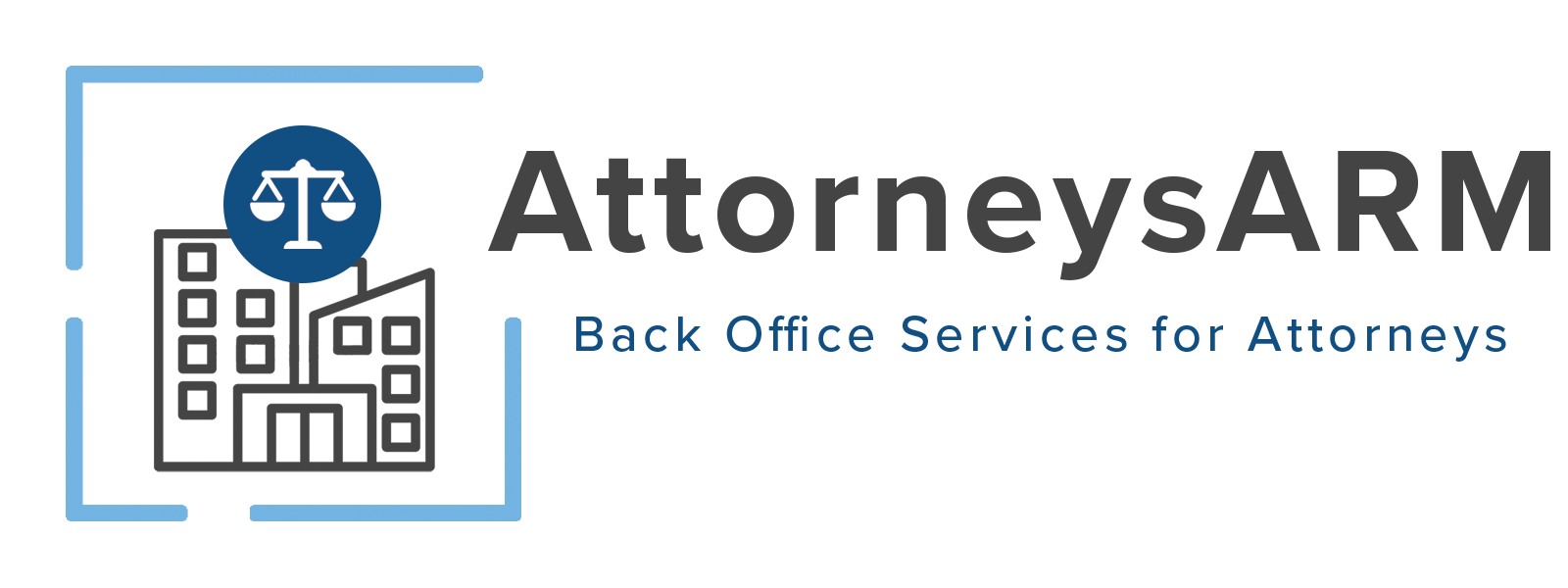What Is Asset Liability Management and How Does It Affect Your Profit?
Asset liability management is a process of managing assets and cash to meet the obligations of the specific needs that a business has. It involves the reduction of risk for a business. So, just how does asset liability management affect your profit?
Ultimately, it depends on your service industry. However, think about your clients who make payments for your services because of a line of credit that you extended to them. As they pay you, it increases your cash flow. You have reduced the amount of liability carried by your business. Below, you’re going to learn how some industries use asset liability management.
Banks - The simplest way to explain asset liability management use in banks is to think about the money a bank pays out in interest when earned by customers with interest bearing accounts of some sort. A good example is a savings account that earns a minimal amount of interest. Next, consider the money that the bank brings in from interest on auto loans, personal loans, and mortgages. Banks use a net interest margin to make sure that they are profitable. The net interest margin is the difference between the rate it pays out on deposits and the rate the bank receives assets and liabilities.
Insurance Companies - We are all at least familiar with the two major insurance types: life insurance and property or casualty insurance. Life insurance typically pays out in a large lump sum, but some life insurance companies also offer annuities. Annuities have the risk of being eroded by interest rate since an annuity isn’t paid out right away. They can take years before they reach maturation and provide a payout to the beneficiary. Because of the time it takes, they ride the ups and downs associated with all investments and are often uncertain because of timing and value.
Foundations and Non-profits - These companies are funded largely by gifts and investments. Endowments are long term funds owned mainly by universities and hospitals. The idea of asset liability management here is found in how the endowment is often invested. If not invested well, it can lose money.
Wealth Management - Private wealth investments may have varying degrees of asset liability management because people choose to build and manage their wealth in various ways: retirement plans, educational funding, home purchases, mutual funds, and more. Taxes and risk preferences are going to make the determination on how to deal with these as liability assets. Any financial professional that you speak with should be able to explain their asset liability management plan to you in terms that you can understand.
Non-financial Organizations - These corporations use asset liability management to create liquidity, help with foreign exchange, manage commodity risks, and interest rates. A good example of this is airlines compensating for the rising fuel costs by raising airline tickets to cover the cost. They protect their profit by raising the price which reduces their financial liability.
Get Help With Your Credit Processing Needs
If you’re a small business owner who is considering an extension of credit to clients, you need Clients ARM. We help clients just like you create a sound credit policy that reduces risk and may protect your bottom line. Put our 30 years of experience to work for you. Call us today to schedule your free review.




